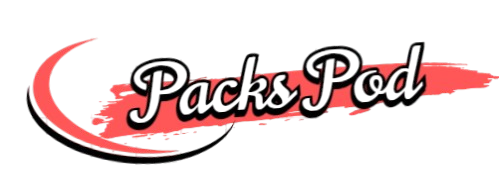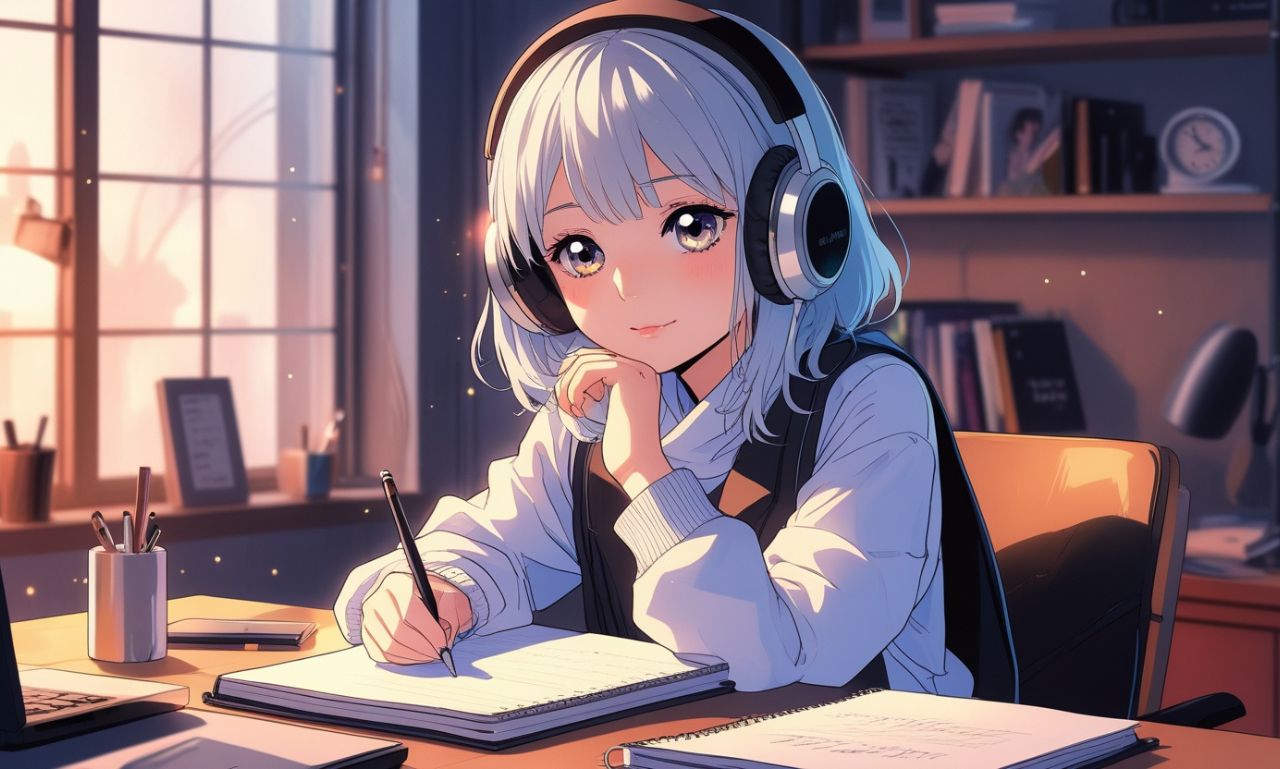Dojen Moe is not just a trend; it’s a captivating blend of art and emotion that has surged into the spotlight of modern media. Originating from Japanese culture, this unique form of expression combines adorable character designs with complex narratives. What makes Dojen Moe so appealing? It resonates deeply with audiences by encapsulating feelings often left unspoken. As we dive into the world of Dojen Moe, we’ll explore how it has become a cultural phenomenon, influencing everything from anime to social media platforms. Join us as we unravel its charm and impact in today’s fast-paced digital landscape.
What is Dojen Moe?
Dojen Moe is an intriguing blend of art and culture that has its roots in Japanese aesthetics. It embodies a specific style characterized by its vibrant colors, exaggerated facial expressions, and whimsical themes.
At its core, Dojen Moe captures the essence of youthfulness and innocence. The characters often exhibit playful behavior that resonates with audiences seeking escapism from everyday life.
This artistic form transcends simple illustration; it tells stories through emotion-filled visuals. Each creation draws viewers into a world where imagination reigns supreme.
The charm of Dojen Moe lies not only in its visual appeal but also in the way it connects with fans globally. As these illustrations gain traction online, they create communities driven by shared appreciation for this unique genre.
The rise of Dojen Moe in modern media and its appeal
Dojen Moe has quickly captured the hearts of audiences around the globe. Its vibrant characters and imaginative storytelling resonate with diverse demographics. This unique blend of charm and creativity draws viewers in, creating a lasting impression.
Social media platforms have played an essential role in its rise. Fans share artwork, memes, and discussions that amplify its popularity. The community aspect fosters connection among enthusiasts, enhancing engagement.
Moreover, Dojen Moe’s appeal lies in its relatability. Characters often reflect real-life emotions and experiences, making them accessible to many. Viewers find themselves immersed in these narratives as they relate to struggles or triumphs portrayed onscreen.
The art style itself is captivating—colorful visuals combined with expressive designs create an unforgettable aesthetic experience. This distinct look sets it apart from other genres within modern media landscape, ensuring Dojen Moe remains a staple for years to come.
Analyzing the elements that make Dojen Moe popular
Dojen Moe captivates audiences with its distinct charm and playful aesthetics. At its core, the art form blends whimsical characters with exaggerated features. This combination elicits a sense of nostalgia while appealing to modern sensibilities.
The storytelling in Dojen Moe is another key element. Characters often engage in lighthearted adventures that resonate across age groups. Viewers find themselves drawn to these relatable narratives, creating an emotional connection.
Vibrant colors and intricate designs enhance visual appeal, making it instantly recognizable. The attention to detail invites viewers to immerse themselves fully in this enchanting world.
Moreover, Dojen Moe thrives on community interaction. Fans actively participate by sharing their interpretations or fan art online, fostering a collaborative spirit that transcends traditional media boundaries.
The fusion of humor and warmth brings accessibility to diverse audiences. It’s this uniqueness that solidifies Dojen Moe’s place in contemporary culture.
Impact on the media industry and cultural influence
Dojen Moe has carved a unique niche in the media landscape. Its vibrant aesthetics and distinct storytelling have reshaped viewer expectations across various platforms.
Television, film, and web series are increasingly incorporating Dojen Moe elements. This shift reflects a broader acceptance of diverse narratives that resonate with younger audiences. Characters often embody traits that challenge traditional archetypes, fostering relatability and connection.
Moreover, merchandise inspired by Dojen Moe is flourishing. Fashion lines, collectibles, and art prints celebrate this subculture’s creativity. As these items gain popularity, they further embed Dojen Moe into everyday life.
Culturally speaking, it encourages dialogue around representation and identity. Fans engage passionately online through discussions and fan art—creating communities centered on shared interests.
These influences extend beyond entertainment; they shape social norms too. The impact of Dojen Moe reverberates as it inspires future creators to push boundaries in innovative ways.
Criticisms and controversy surrounding Dojen Moe
Dojen Moe isn’t without its critics. Many argue that the genre often promotes unrealistic standards of beauty and behavior among fans, particularly younger audiences. This concern raises questions about the impact on mental health and self-image.
Moreover, some view Dojen Moe as overly commercialized. With countless products tied to popular characters, detractors claim it prioritizes profit over authentic storytelling. They believe this trend dilutes artistic creativity.
Cultural appropriation also comes into play in discussions surrounding Dojen Moe. Critics point out instances where elements from diverse cultures are used without proper context or respect, leading to accusations of insensitivity.
These controversies spark heated debates within fan communities and beyond. While supporters defend its creative merit and community-building aspects, others remain wary of its broader implications on society’s values and norms.
How Dojen Moe has evolved over time
Dojen Moe has undergone significant transformation since its inception. Initially rooted in Japanese anime and manga, this style captured the hearts of fans through its exaggerated expressions and vibrant aesthetics.
As it gained traction globally, Moe adapted to various cultures, seamlessly incorporating diverse artistic influences. This fusion enriched its visual storytelling and expanded its audience reach.
The rise of digital platforms further accelerated this evolution. Artists began sharing their work online, leading to a surge in community engagement. Social media has played a crucial role, allowing creators to connect with fans directly.
Moreover, Dojen Moe’s themes have become more inclusive over time. What was once niche is now celebrated for embracing different identities and experiences.
Today’s iterations often blend traditional techniques with modern technology, maintaining the charm while appealing to new generations of enthusiasts. The art form continues to thrive as it reshapes narratives within contemporary media landscapes.
The future of Dojen Moe in media and society
The future of Dojen Moe in media and society is a fascinating topic. As digital landscapes evolve, so does its presence. New platforms are emerging every day, providing fresh opportunities for creators to showcase their talents.
Audiences are becoming increasingly diverse. This shift opens the door for Dojen to explore various themes and narratives that resonate on deeper levels. The fusion of technology with creativity will allow artists to experiment more boldly.
With virtual reality and augmented experiences gaining traction, we might see immersive storytelling driven by Moe aesthetics. Engaging with fans in new ways could redefine audience interaction.
Moreover, as social movements gain momentum, Dojen Moe can serve as a platform for expressing cultural dialogues. It has the potential to reflect societal changes while remaining entertaining.
As communities rally around shared interests online, collaboration between artists may create unexpected synergies within this space. The possibilities seem boundless—creating an exciting horizon for Dojen Moe enthusiasts everywhere.
Appreciating the art and impact
Dojen Moe is more than just a trend. It embodies creativity and emotional resonance. Fans are drawn to its unique aesthetics, which blend whimsy with depth.
The art form captures nuanced characters in vibrant settings. Each piece tells a story that resonates across cultures. This ability to connect deeply with audiences sets Dojen apart from other styles.
Its impact stretches far beyond individual pieces. Artists and creators find inspiration in the movement, pushing boundaries within their own work. Collaborations often emerge, blending different mediums into fresh interpretations of this captivating genre.
Viewers appreciate how it reflects contemporary issues while maintaining an air of light-heartedness. This duality invites both joy and reflection, leaving lasting impressions on those who encounter it.
Engaging with Dojen Moe fosters community among fans and creators alike. The shared appreciation for the artistry cultivates dialogue about culture, identity, and emotion in modern media landscapes.
Conclusion
Dojen Moe offers a captivating blend of creativity, emotion, and cultural commentary that resonates with audiences across the globe. Its unique style has carved out a niche in modern media, illustrating the power of artistic expression in our digital age.
As we’ve explored, Moe origins are rooted in an appreciation for character-driven storytelling. It taps into universal themes of relationships and personal growth while maintaining an engaging visual aesthetic that appeals to diverse demographics.
The rise of Dojen reflects broader trends within media consumption. Audiences crave authenticity and relatability more than ever. The elements that contribute to its popularity—vibrant art styles, compelling narratives, and relatable characters—create an immersive experience for viewers.
However, it’s essential to recognize the criticisms surrounding this phenomenon as well. Debates about its impact on societal norms highlight the complexity involved when art intersects with culture.
Despite these challenges, Moe continues to evolve organically alongside changing media landscapes. Its adaptability speaks volumes about its influence on both creators and consumers alike.
Looking ahead, we can expect even greater innovation from Dojen as it blends traditional artistry with technological advancements. This evolution will likely spark new discussions around identity and representation in contemporary society.
Embracing the richness of Dojen Moe opens up avenues for deeper understanding within our communities—a testament to how art shapes not just individual experiences but collective societal narratives too.

